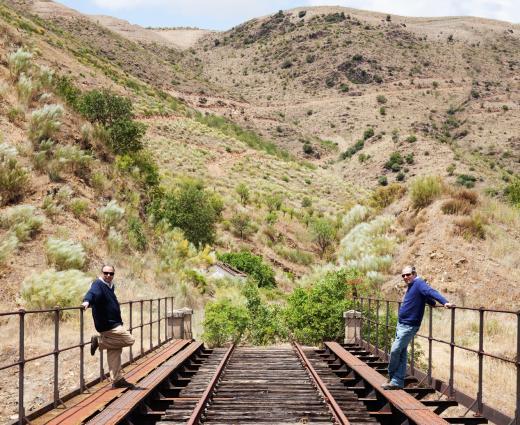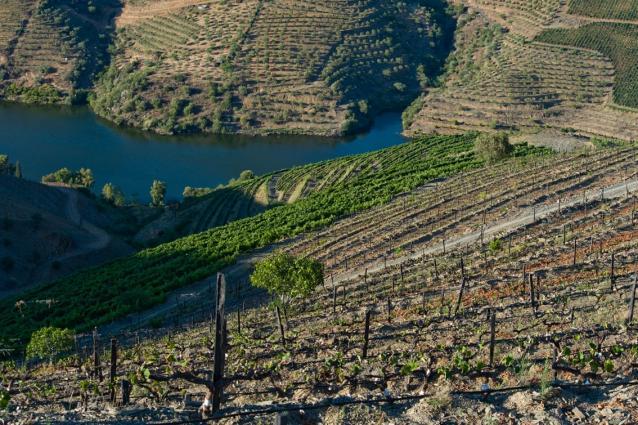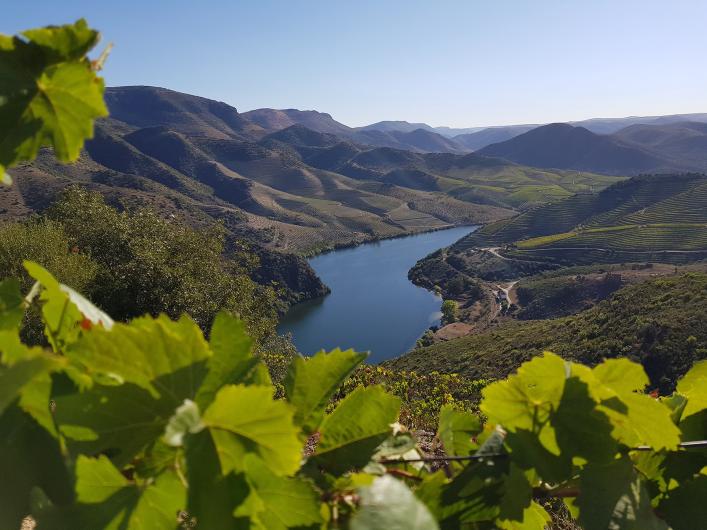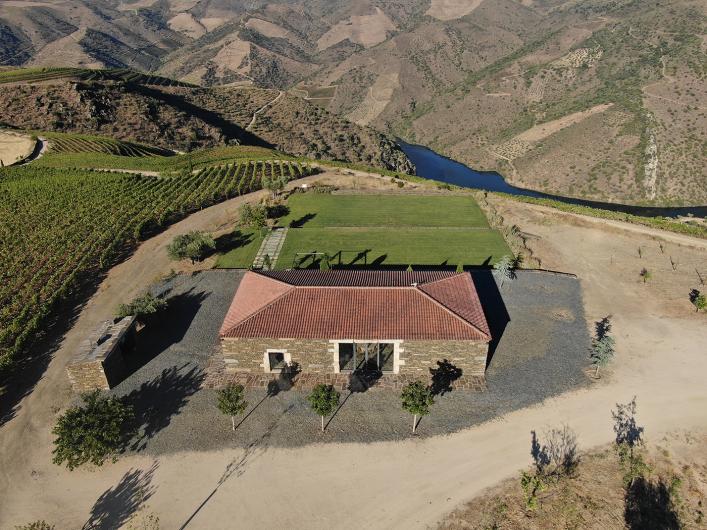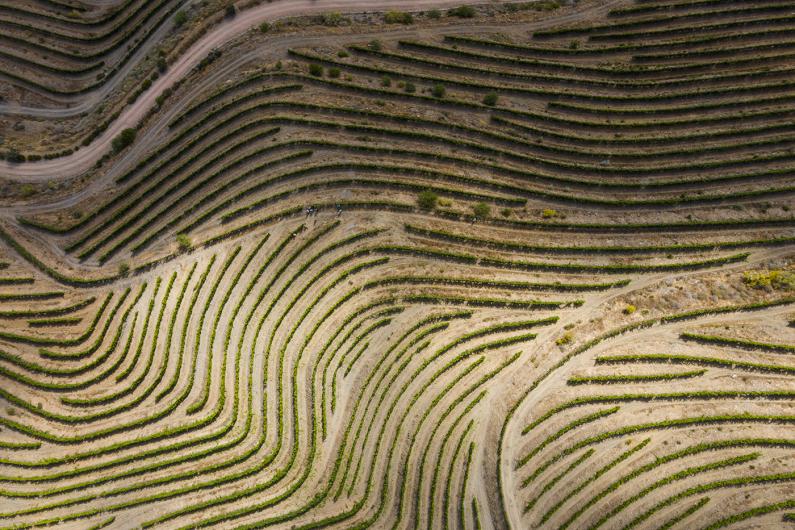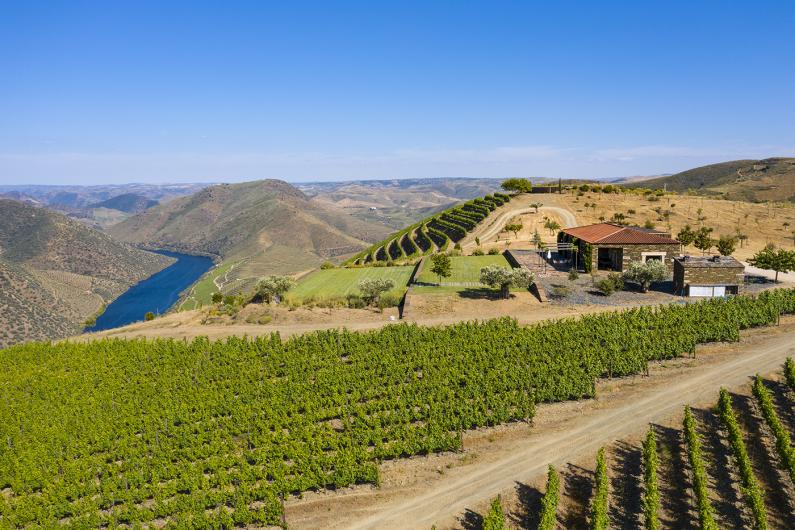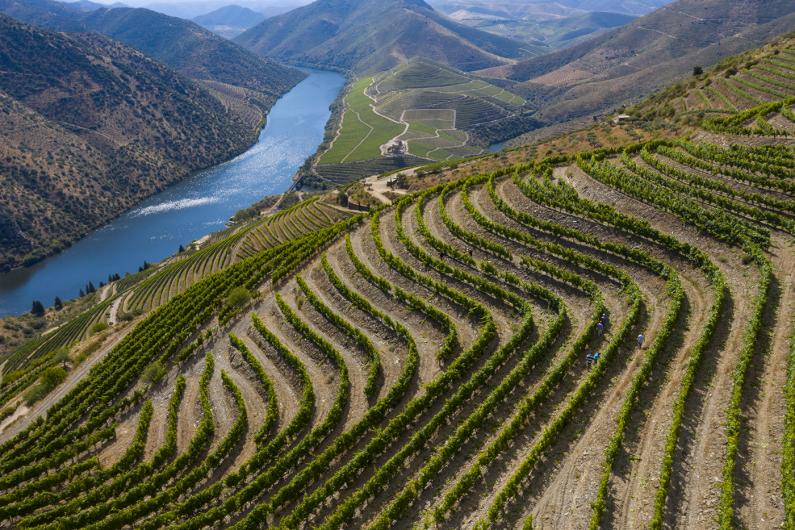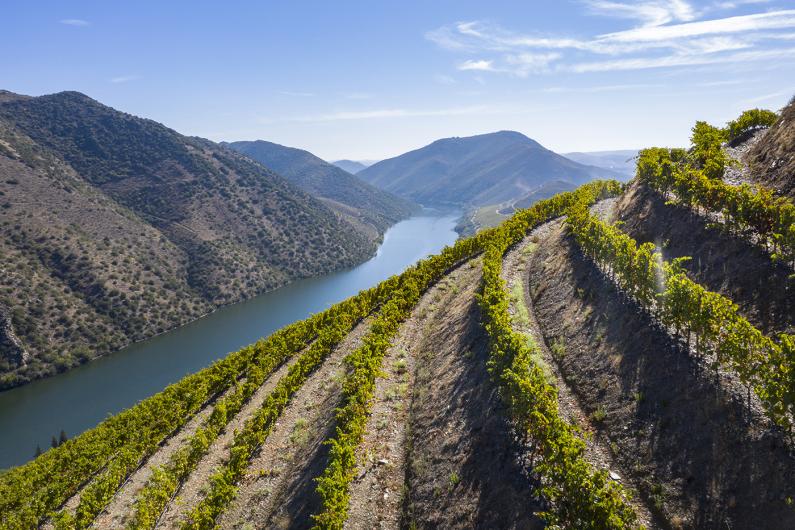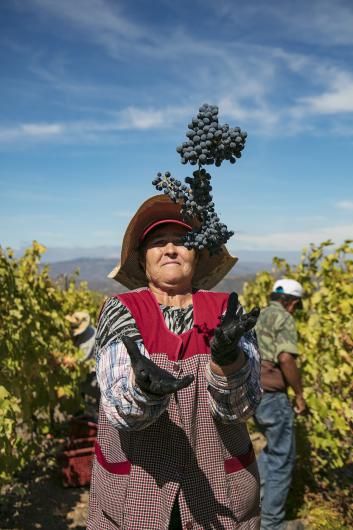Duorum
Reserva Old Vines
Duorum
Reserva Old Vines
This wine is an old-vine field blend up to 100 years old consisting mainly of Touriga Nacional and Touriga Franca with small quantities of Tinta Roriz and Sousão. The grapes are sourced from the Cima Corgo and Douro Superior sub-regions, which offer exceptional terroir and a range of elevations and vineyard characteristics. The grapes are harvested from September to October and undergo a cold maceration in lagares for two to three days. The wine is aged approximately 12 to 18 months in French oak barrels.
Wine Production
Upon arrival at the winery, the grapes originating from 100-year-old vines are carefully selected and de-stemmed. Pre-fermentive maceration at low temperatures with machine treading in stainless steel troughs takes place, following fermentation at controlled temperatures between 25ºC and 28ºC in stainless steel tanks. Pumpovers and delestage processes are then started in order to obtain the best possible extraction through a careful selection limited to the chosen constituents followed by a long post-fermentative maceration.
Tasting Notes
Deep red color, with an intense aroma dominated by ripe fruits, like blackberries and currants, and wild flowers, such as violet. Subtle notes of spice and exotic wood result from aging in barrique. This aromatic complexity will only increase with time. Full bodied, with a well balanced acidity and firm, ripe tannins. These characteristics make this Reserva a powerful wine with a persistent finish.
Food Pairing
Pair this wine with roasted pork dishes, aged salumi, and chorizo.
This wine is an old-vine field blend up to 100 years old consisting mainly of Touriga Nacional and Touriga Franca with small quantities of Tinta Roriz and Sousão. The grapes are sourced from the Cima Corgo and Douro Superior sub-regions, which offer exceptional terroir and a range of elevations and vineyard characteristics. The grapes are harvested from September to October and undergo a cold maceration in lagares for two to three days. The wine is aged approximately 12 to 18 months in French oak barrels.
Wine Production
Upon arrival at the winery, the grapes originating from 100-year-old vines are carefully selected and de-stemmed. Pre-fermentive maceration at low temperatures with machine treading in stainless steel troughs takes place, following fermentation at controlled temperatures between 25ºC and 28ºC in stainless steel tanks. Pumpovers and delestage processes are then started in order to obtain the best possible extraction through a careful selection limited to the chosen constituents followed by a long post-fermentative maceration.
Tasting Notes
Deep red color, with an intense aroma dominated by ripe fruits, like blackberries and currants, and wild flowers, such as violet. Subtle notes of spice and exotic wood result from aging in barrique. This aromatic complexity will only increase with time. Full bodied, with a well balanced acidity and firm, ripe tannins. These characteristics make this Reserva a powerful wine with a persistent finish.
Food Pairing
Pair this wine with roasted pork dishes, aged salumi, and chorizo.







